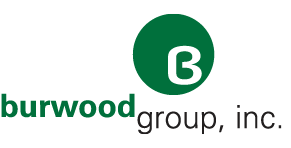Application Access Management in a Remote-First World
As remote work continues to be a mainstay, organizations face an evolving challenge: maintaining robust application access management that prioritizes both security and accessibility. The rapid expansion of remote work has reshaped best practices for managing application access, particularly as companies adopt new tools, standards, and measures to safeguard their systems against evolving threats.
Key Components of Modern Application Access Management
1. Zero Trust Security Architecture
Implementing a Zero Trust model is essential in today’s remote-first environment. This approach requires strict identity verification for every person and device attempting to access applications, regardless of whether they are inside or outside the organization’s network. By segmenting applications and verifying trust on a continuous basis, Zero Trust minimizes the risks associated with unauthorized access.
2. Multi-Factor Authentication (MFA) as a Baseline
With the rise of phishing attacks and credential theft, MFA is now a critical baseline security measure for application access. However, as threats evolve, many organizations are moving toward adaptive or risk-based MFA, which takes into account additional factors such as user location, behavior, and device posture.
3. User and Device Identity Verification
Leveraging advanced identity management tools helps ensure that only authenticated and authorized users can access sensitive applications. Adaptive identity verification methods, like biometric authentication and contextual access policies, enhance protection and reduce reliance on passwords alone.
4. Endpoint Security for Remote Work
Endpoint security solutions are crucial for protecting devices used to access company applications, especially in a remote work environment. Solutions such as Endpoint Detection and Response (EDR) and Mobile Device Management (MDM) help maintain compliance and secure access across diverse devices.
5. Enhanced Access Management Tools and Technologies
Today's access management solutions are designed to handle complex, distributed environments. New tools include Privileged Access Management (PAM) for controlling high-level access and Unified Endpoint Management (UEM) platforms that provide real-time visibility and control over remote endpoints.
Updated Resources and Standards
For more in-depth guidance on remote application access and to explore how Cisco’s remote collaboration solutions can support your organization’s security posture, download our latest Remote Collaboration Whitepaper. Additionally, visit our blogs Remote Workforce Strategy and Secure Remote Access for more on building a secure, productive remote work environment.
Learn More and Stay Secure
Contact us to further discuss how Burwood can help you establish a secure application access strategy for remote work.






